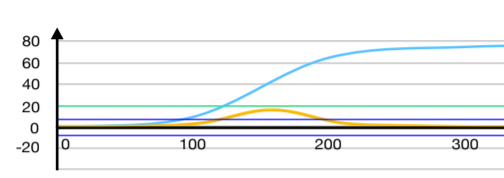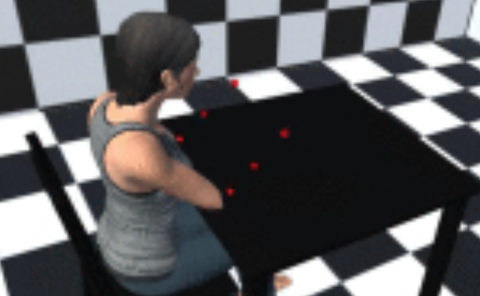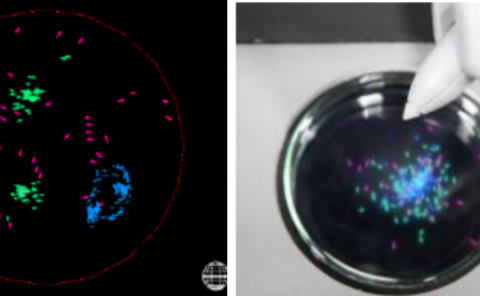Assessing vignetting as a means to reduce VR sickness during amplified head rotations
PubDate: August 2018
Teams: University of Central Florida
Writers: Nahal Norouzi;Gerd Bruder;Greg Welch
PDF: Assessing vignetting as a means to reduce VR sickness during amplified head rotations

Abstract
Redirected and amplified head movements have the potential to provide more natural interaction with virtual environments (VEs) than using controller-based input, which causes large discrepancies between visual and vestibular self-motion cues and leads to increased VR sickness. However, such amplified head movements may also exacerbate VR sickness symptoms over no amplification. Several general methods have been introduced to reduce VR sickness for controller-based input inside a VE, including a popular vignetting method that gradually reduces the field of view.
In this paper, we investigate the use of vignetting to reduce VR sickness when using amplified head rotations instead of controller-based input. We also investigate whether the induced VR sickness is a result of the user’s head acceleration or velocity by introducing two different modes of vignetting, one triggered by acceleration and the other by velocity. Our dependent measures were pre and post VR sickness questionnaires as well as estimated discomfort levels that were assessed each minute of the experiment. Our results show interesting effects between a baseline condition without vignetting, as well as the two vignetting methods, generally indicating that the vignetting methods did not succeed in reducing VR sickness for most of the participants and, instead, lead to a significant increase. We discuss the results and potential explanations of our findings.


